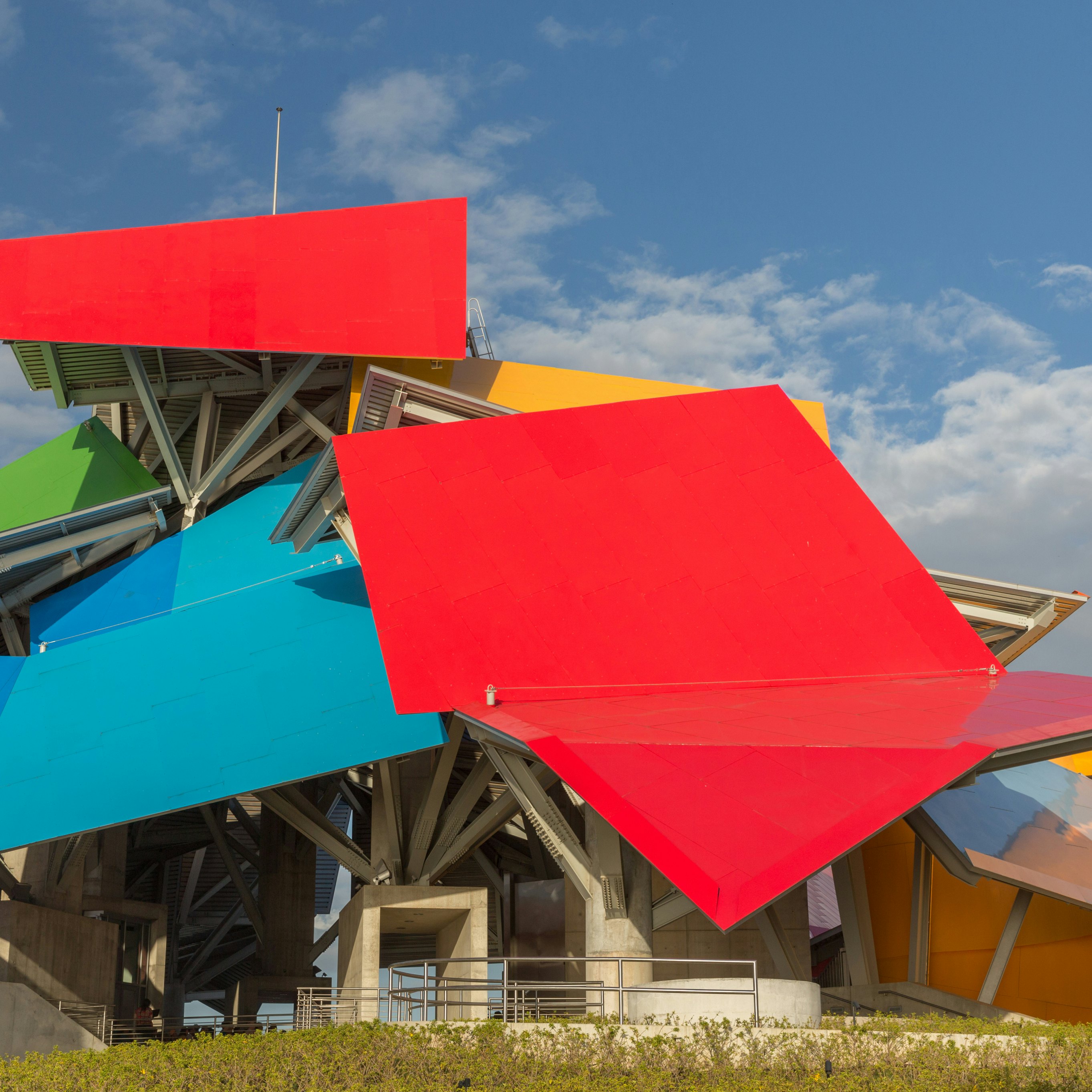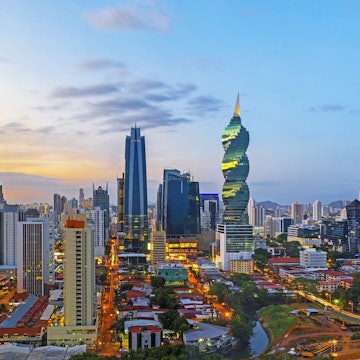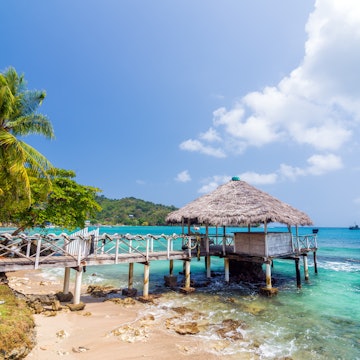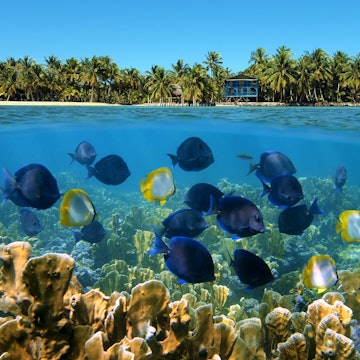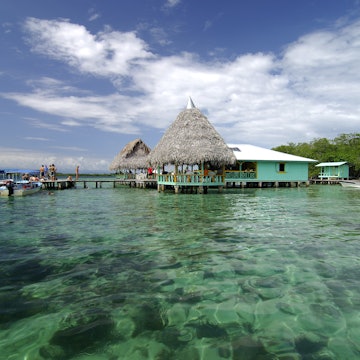
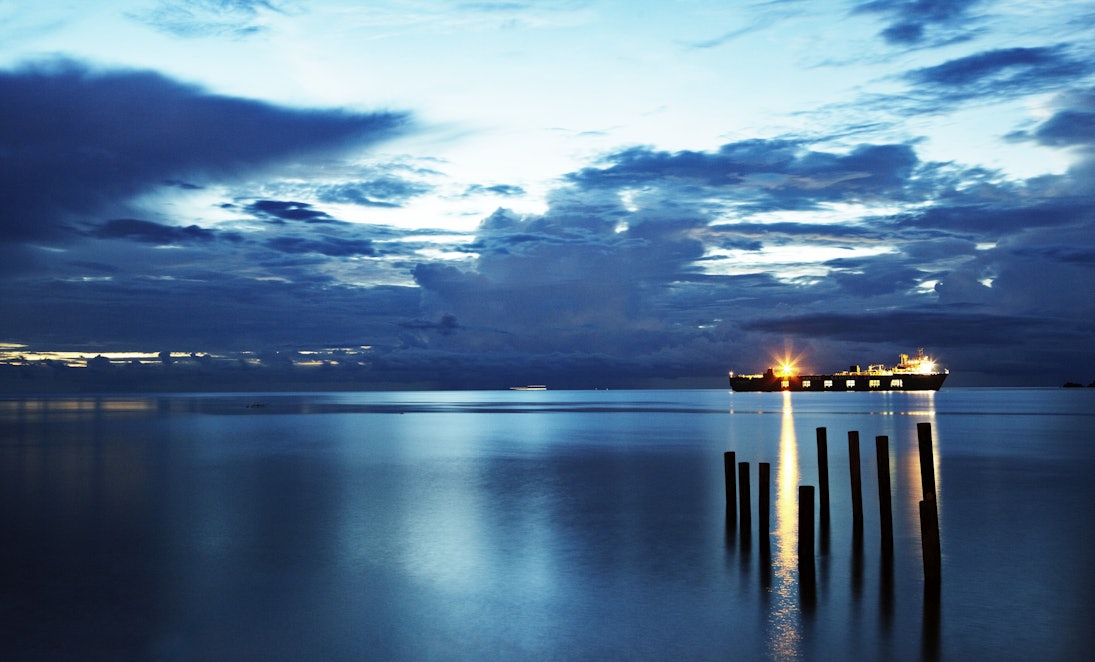
Mark Read
Overview
This small country is home to the formidable Panama Canal, tropical escapes and Central America’s most cosmopolitan capital, with its sultry skyline of shimmering glass and steel towers. Panama travel offers everything from rainforest ziplining and white-water rafting to cloudforest treks with sublime vistas. On the coast, you can dive with whale sharks in the Pacific, snorkel the rainbow reefs of Bocas del Toro or set sail in the indigenous territory of Guna Yala. Meanwhile, surfers will be psyched to have world-class breaks all to themselves. Add to this the cultural riches of Panama City, and you have one of Latin America’s most captivating destinations. Not sure where to start planning your Panama trip? Get inspired with expert tips on top attractions, the best beaches, and the ideal time to visit.
Plan your trip with Guide, an AI travel planner!
Create a personalized trip itinerary in seconds using artificial intelligence.
Must-see attractions
Planning Tools
Expert guidance to help you plan your trip
Best Things to Do
From drinking coffee in Chiriquí to watching ships pass through the canal, here are Panama's unmissable experiences.
Read full article
Best Places to Visit
Panama is so much more than a window into the canal: Wildlife, chic cityscapes, outdoor adventure and idyllic beaches abound.
Read full article
Best Time to Visit
From surfing and basking on sun-drenched beaches in the dry season to budget-friendly off-peak breaks, here are the best times to visit Panama.
Read full article
Things to Know
Panama has both incredible wild spaces waiting to be explored and chic cities full of glamor – here's everything you need to know before you go.
Read full article
Transportation
Panama may be small, but its attractions are mighty and not always easy to get to. Here's everything you need to know about getting around Panama.
Read full article
Visa Requirements
From the vacation of a lifetime to the life of a digital nomad, we've got everything you need to know about entry requirements for Panama.
Read full article
Money and Costs
How to plan a trip to Panama when you are trying to keep costs low.
Read full article
Traveling with Kids
From babies and toddlers to young children, tweens and teens, here are the best experiences in Panama for families of travelers.
Read full article
Best Road Trips
Natural beauty, sugar-white beaches, rainforest roads – explore the best of Panama by car with these six spectacular road trips.
Read full article
Get a book. Get inspired. Get exploring.
in partnership with getyourguide





